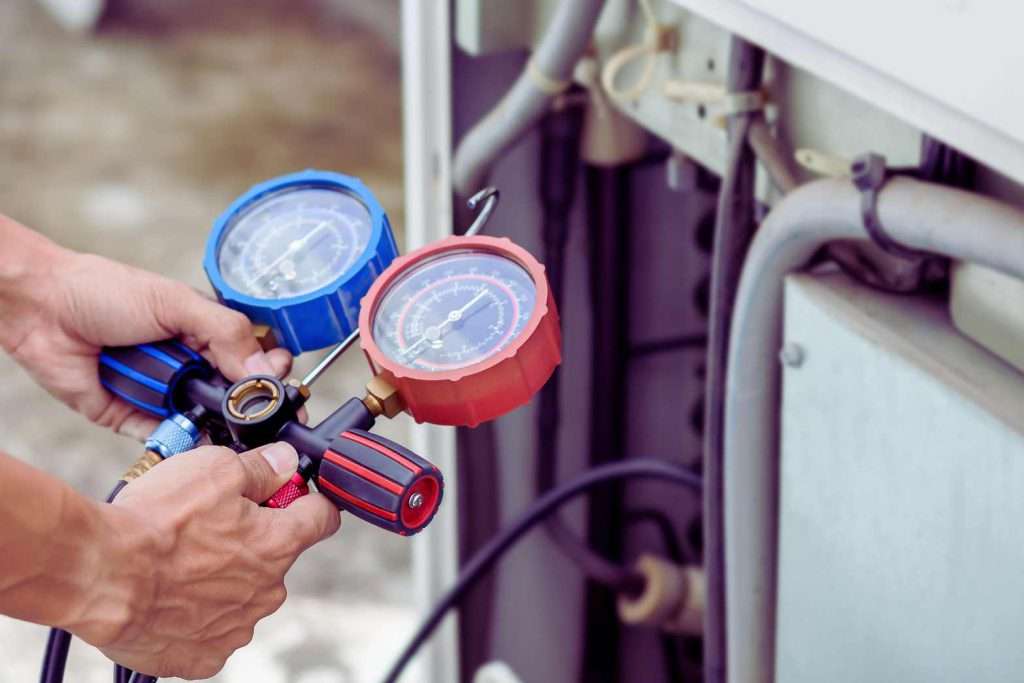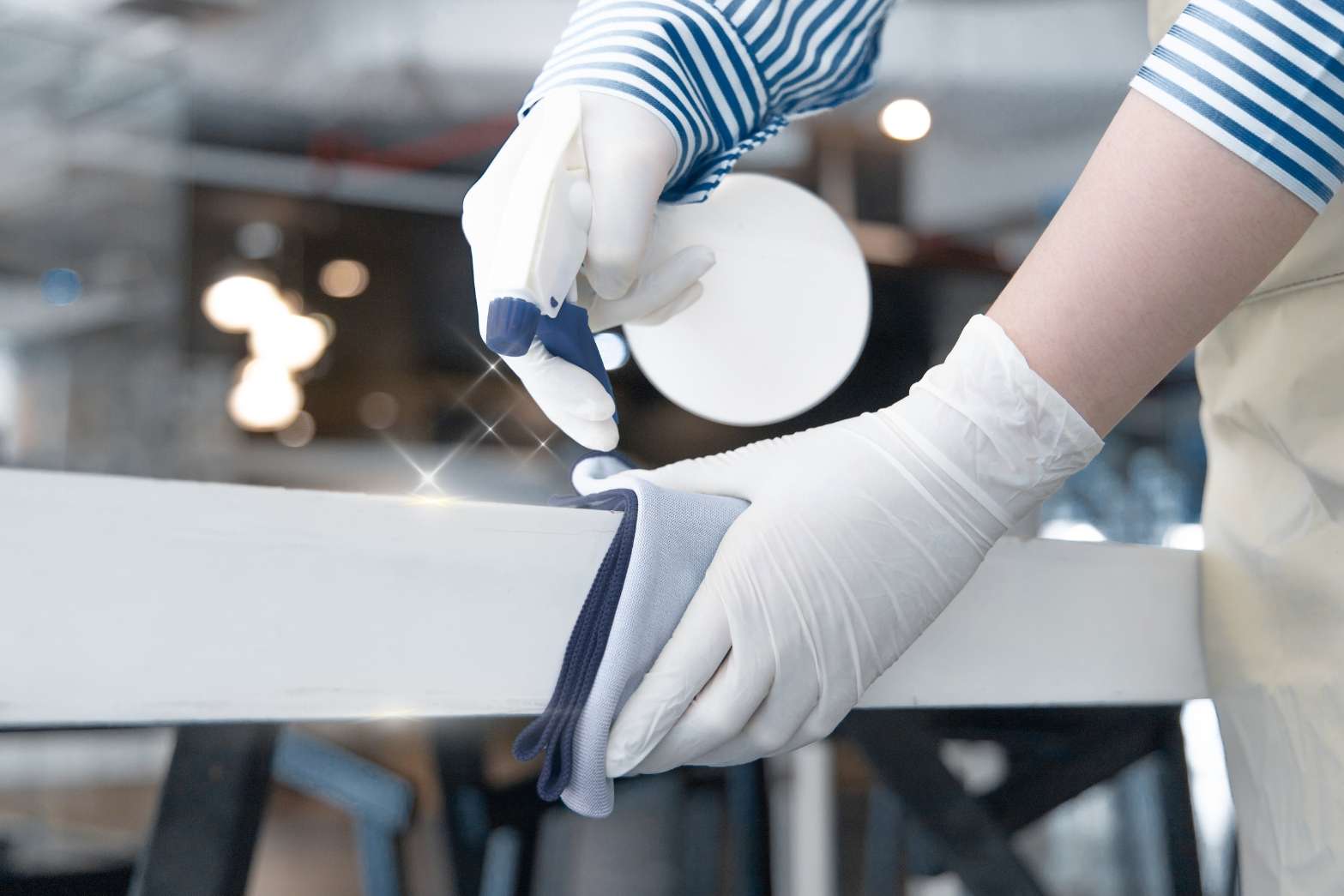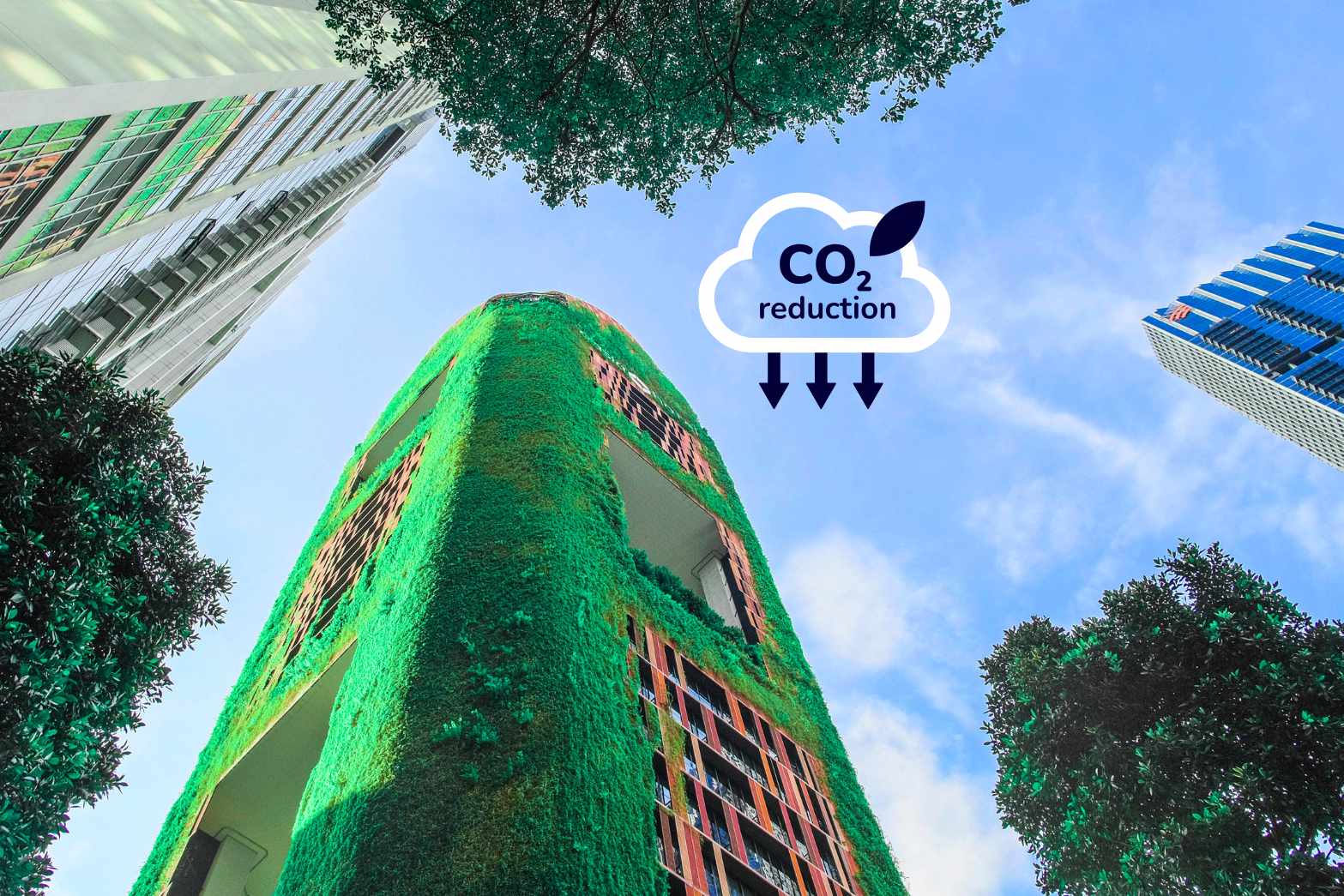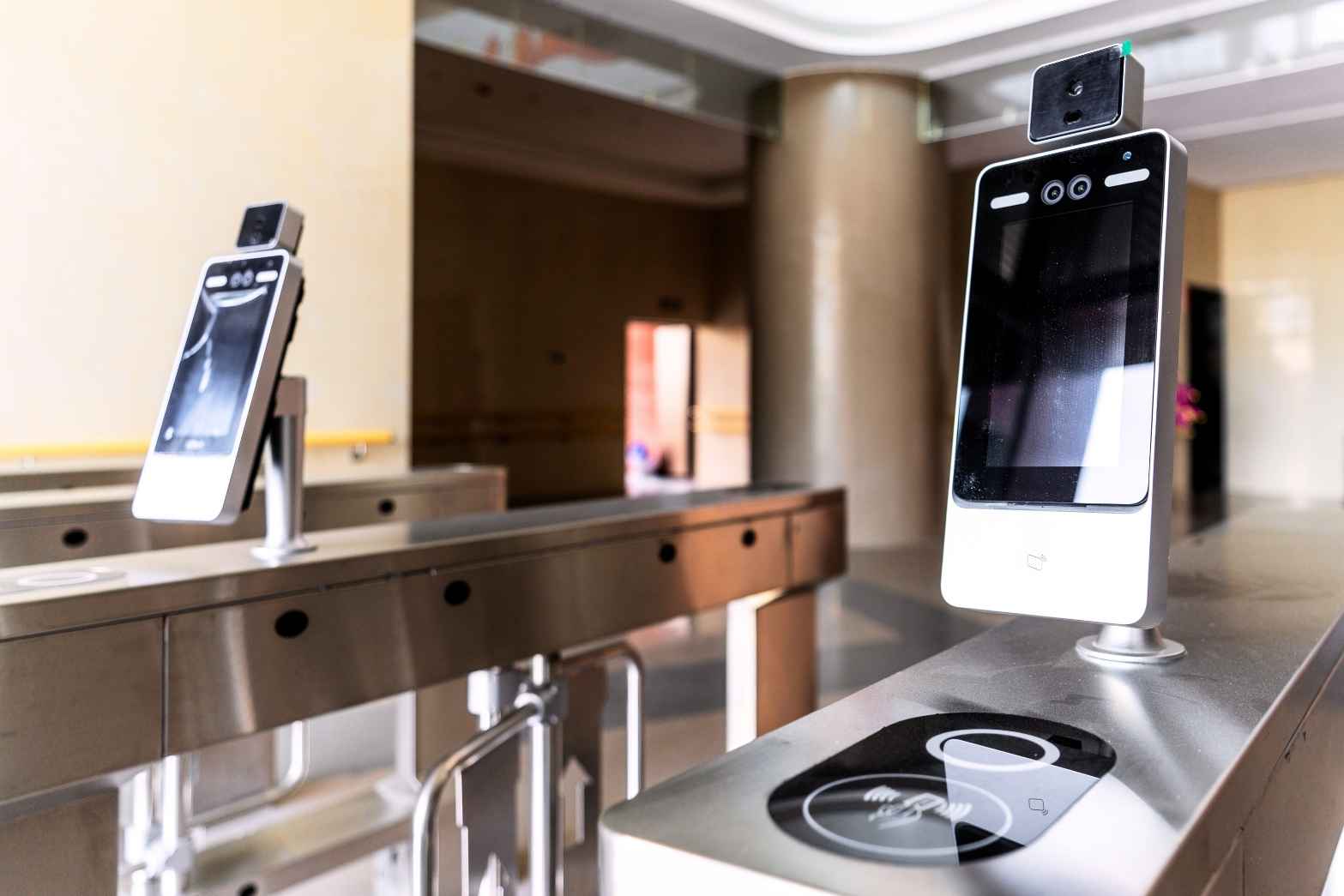Indoor Air Quality (IAQ) is a crucial factor that impacts the health and well-being of everyone inside a building, including employees, customers, and visitors. Good air quality not only promotes better living conditions but can also improve work efficiency and reduce health problems. Therefore, maintaining and improving indoor air quality should be a priority in every building.

Here are five effective ways to improve IAQ:
- Proper Management and Maintenance of Ventilation Systems
Regular inspection and maintenance of HVAC systems (Heating, Ventilation, and Air Conditioning) are essential for ensuring optimal air circulation inside a building. A well-maintained HVAC system can effectively remove pollutants such as cigarette smoke, carbon monoxide, and volatile organic compounds (VOCs) from materials, reducing the risk of air quality issues and improving overall ventilation efficiency.
- Using Air Purifiers
A convenient and simple way to improve IAQ is to use air purifiers, reducing airborne pollutants such as dust, chemicals, and pathogens. In areas with heavy traffic or high pollution levels, air purifiers equipped with HEPA (High-Efficiency Particulate Air) filters are particularly effective in trapping fine particles and improving the air quality.
- Reducing Pollution Sources
One of the most proactive ways to maintain good air quality is by minimizing sources of pollution inside the building. This can be achieved by choosing construction materials that do not emit harmful chemicals, regulating the use of hazardous products, and designating specific smoking areas. These measures reduce the presence of toxic substances in the air and help maintain a cleaner, healthier environment.
- Using Indoor Plants for Air Purification
Indoor plants can also play a significant role in enhancing air quality. Plants such as peace lily, snake plants, pothos, Indian rubber plants, Boston ferns, and Chinese Evergreen are known for their ability to absorb toxins and improve air freshness. Not only do these plants help purify the air, but they also increase humidity and add a touch of beauty to the interior space.
- Monitoring and Tracking Air Quality
For a more professional approach to improving IAQ, it is essential to install air quality monitoring devices. These tools can measure factors such as carbon dioxide levels, PM2.5 dust particles, VOC concentrations, and indoor temperature. Regularly monitoring these metrics allows building managers to respond to potential issues before they escalate, ensuring that the air quality remains consistently good.
Investing in Better IAQ for Long-Term Benefits
Improving indoor air quality is not only about safeguarding the health of building occupants; it is also a smart investment for businesses in the long run. For optimal results and to streamline management efforts, outsourcing air quality and building maintenance to professional companies with expertise in public utility systems can save both time and resources. This allows business owners to focus more on their core operations while ensuring a healthier, more productive environment for everyone inside the building.
For more information, please contact
Tel: 0 2038 5188
Email: info@ifs-thailand.com






